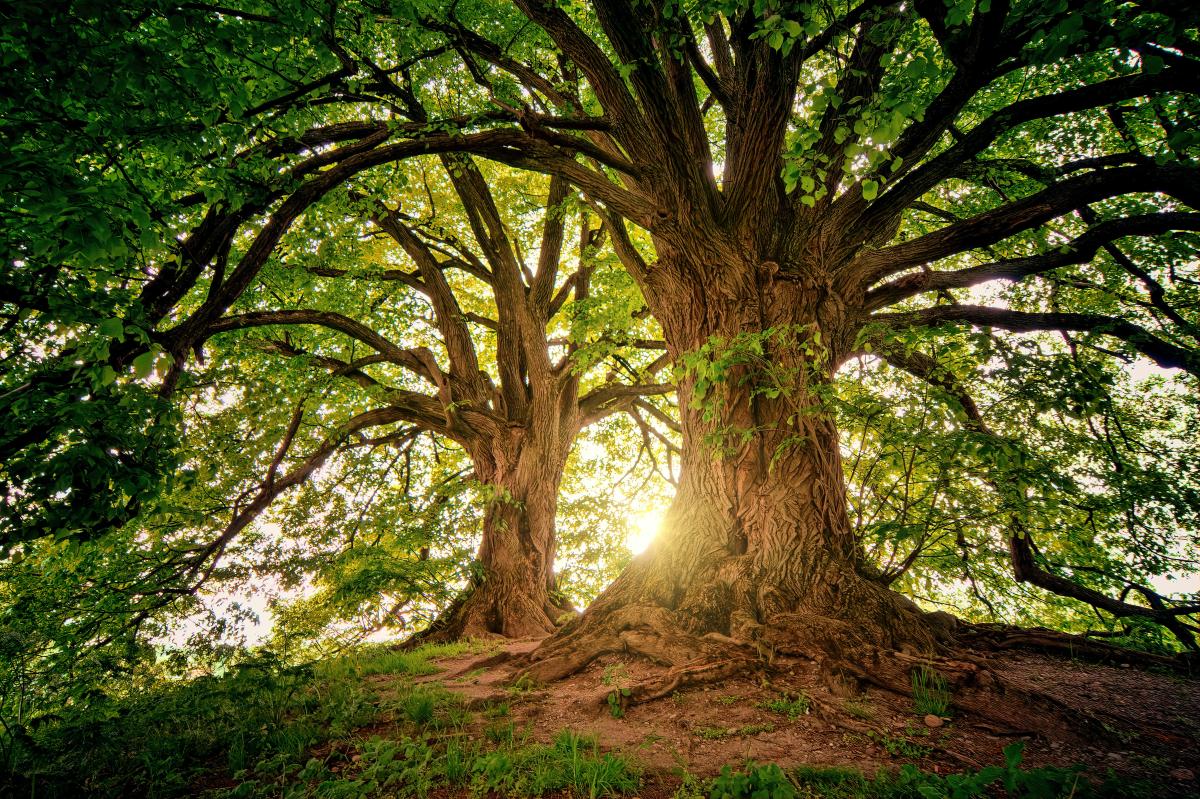
This is the 1st lesson in a series of 3. 6th-grade students will work in groups to create eco-friendly inventions that help the environment and tackle climate change. They will research ideas, make

This is the 1st lesson in a series of 3. 6th-grade students will work in groups to create eco-friendly inventions that help the environment and tackle climate change. They will research ideas, make

Students will use a known lab to represent photosynthesis in action. They can use this template for the lab and pick another variable to collect data on to complete the story on how photosynthesis

This high school lesson was created to discuss Martian and potentially future soil on Earth. The overall goal is to achieve biodiversity and health within the soil. It should hold moisture but not too

This hands-on lesson is for the use of a hydroponic system. Tower gardens were the systems used, however, if budget is a concern, there is a very affordable option in the plan as well using tanks

In this STEAM lesson for grades K-2, students will explore iguana habitats and learn how animals adapt to different environments. Students will read the book "I Wanna Iguana" and use a nonfiction book

Third grade students will apply their knowledge of the significance of bee pollination by designing and creating a Wild Bee Hotel in a collaborative group which will incorporate literacy, mathematical

In this outstanding lesson, students will apply their knowledge of how natural and human-caused changes to habitats or climate can impact our world in a stop motion film. The lesson covers a Science

Students will have the opportunity to discuss growing conditions needed for a healthy plant and what to do when the optimal choice may not be available. In this lesson students construct hydroponic

In this lesson students will show the proportion of freshwater compared to saltwater on Earth. Students will define the problem of having a limited amount of fresh water using evidence gathered from